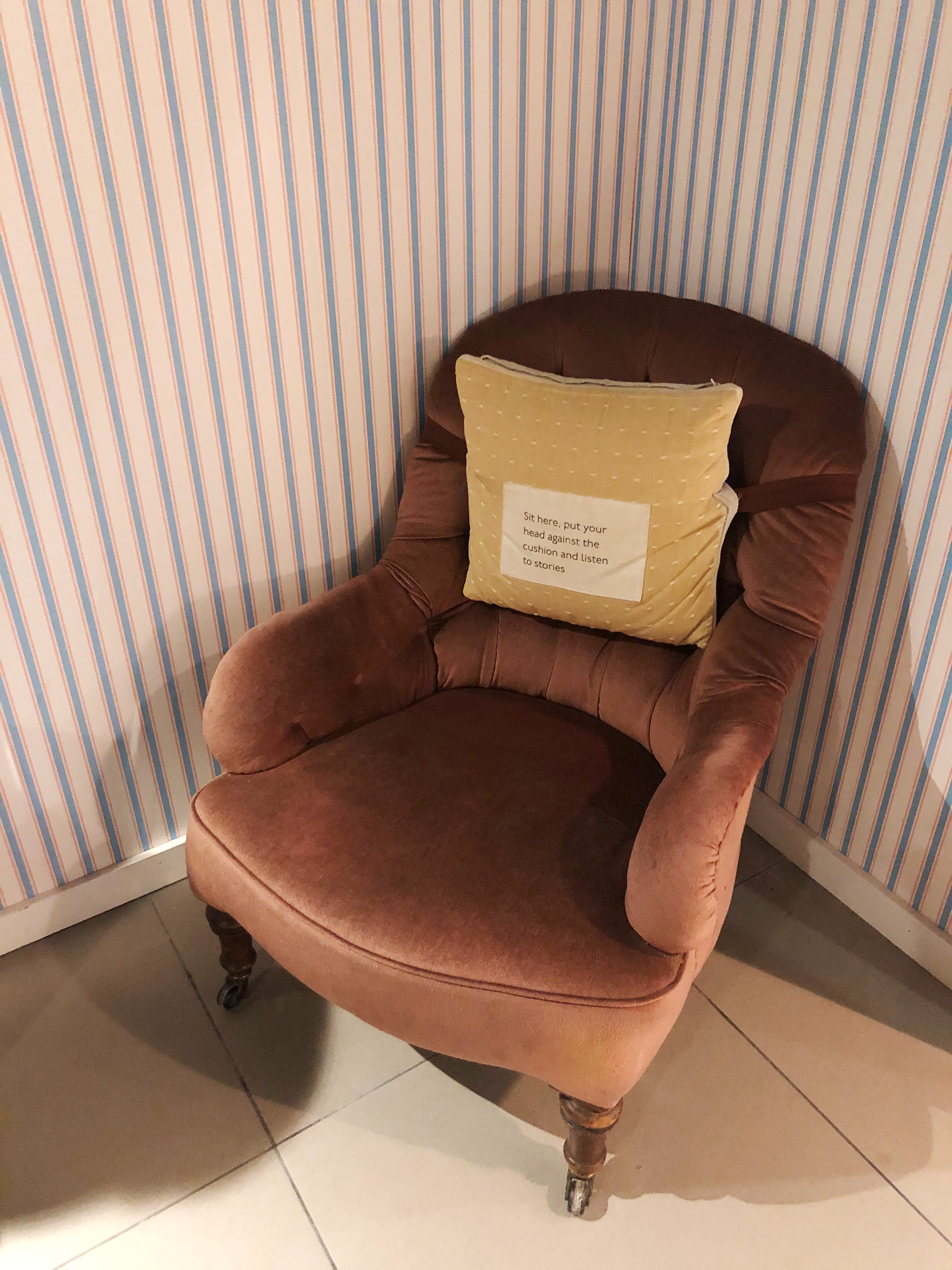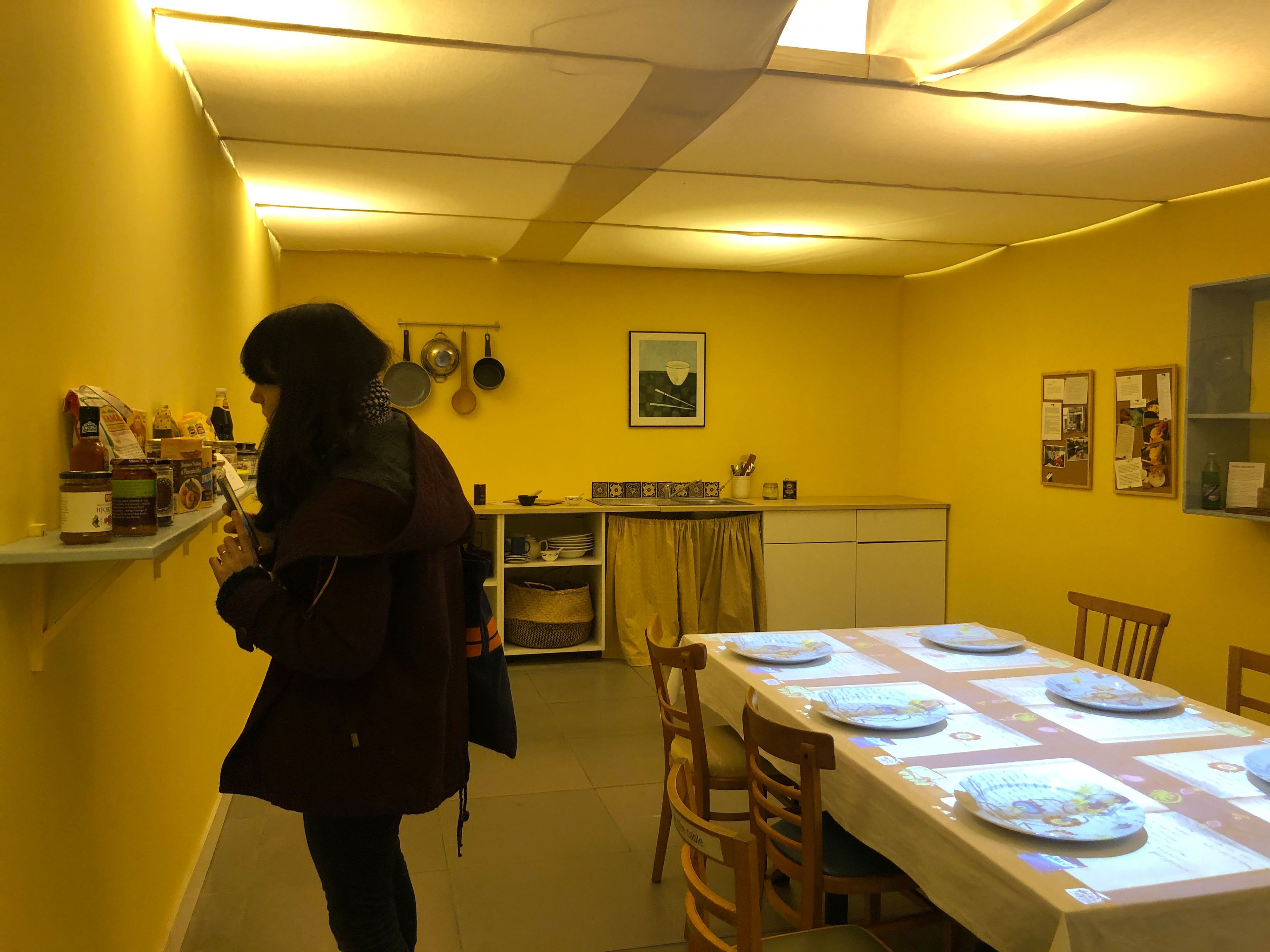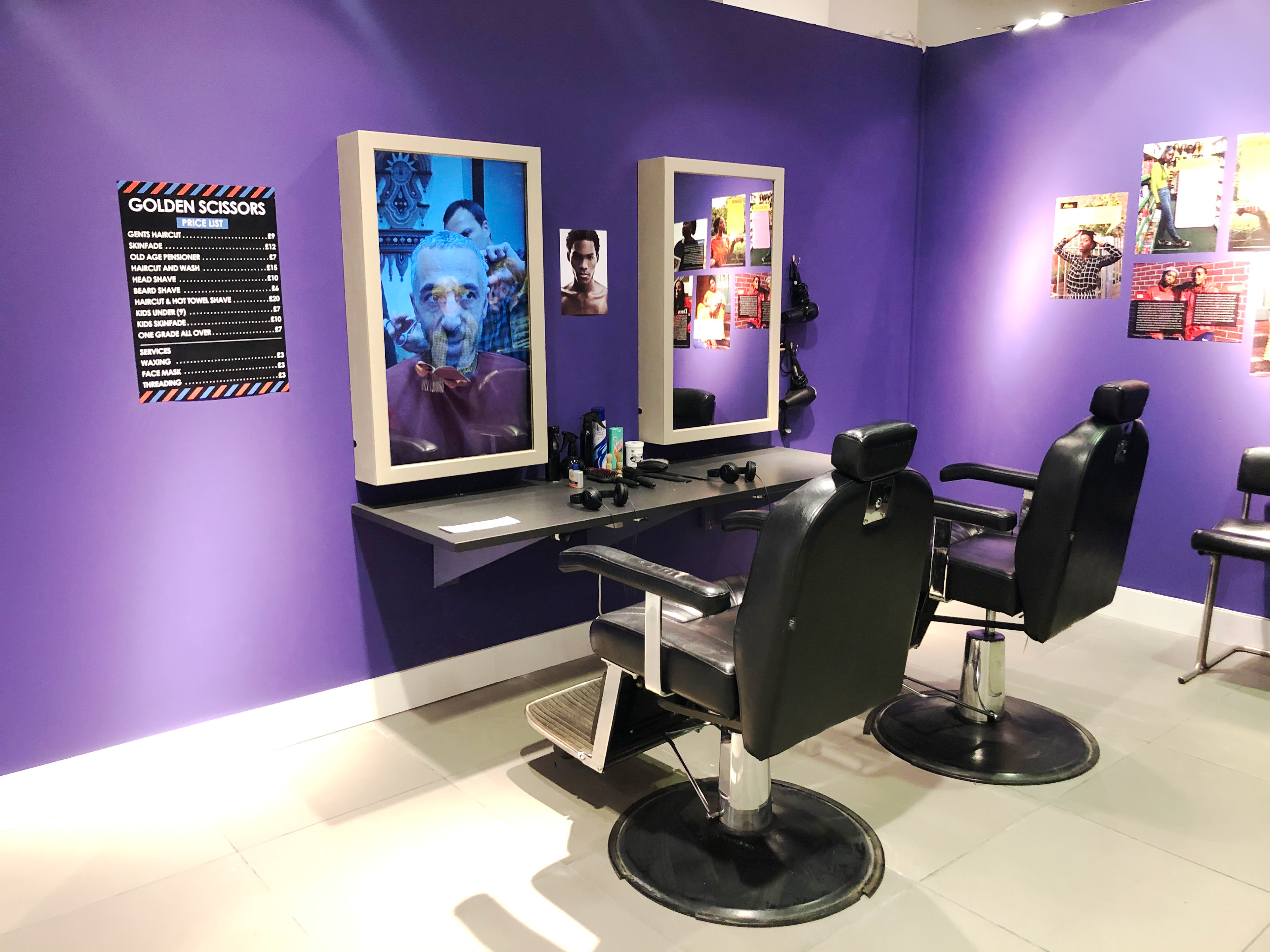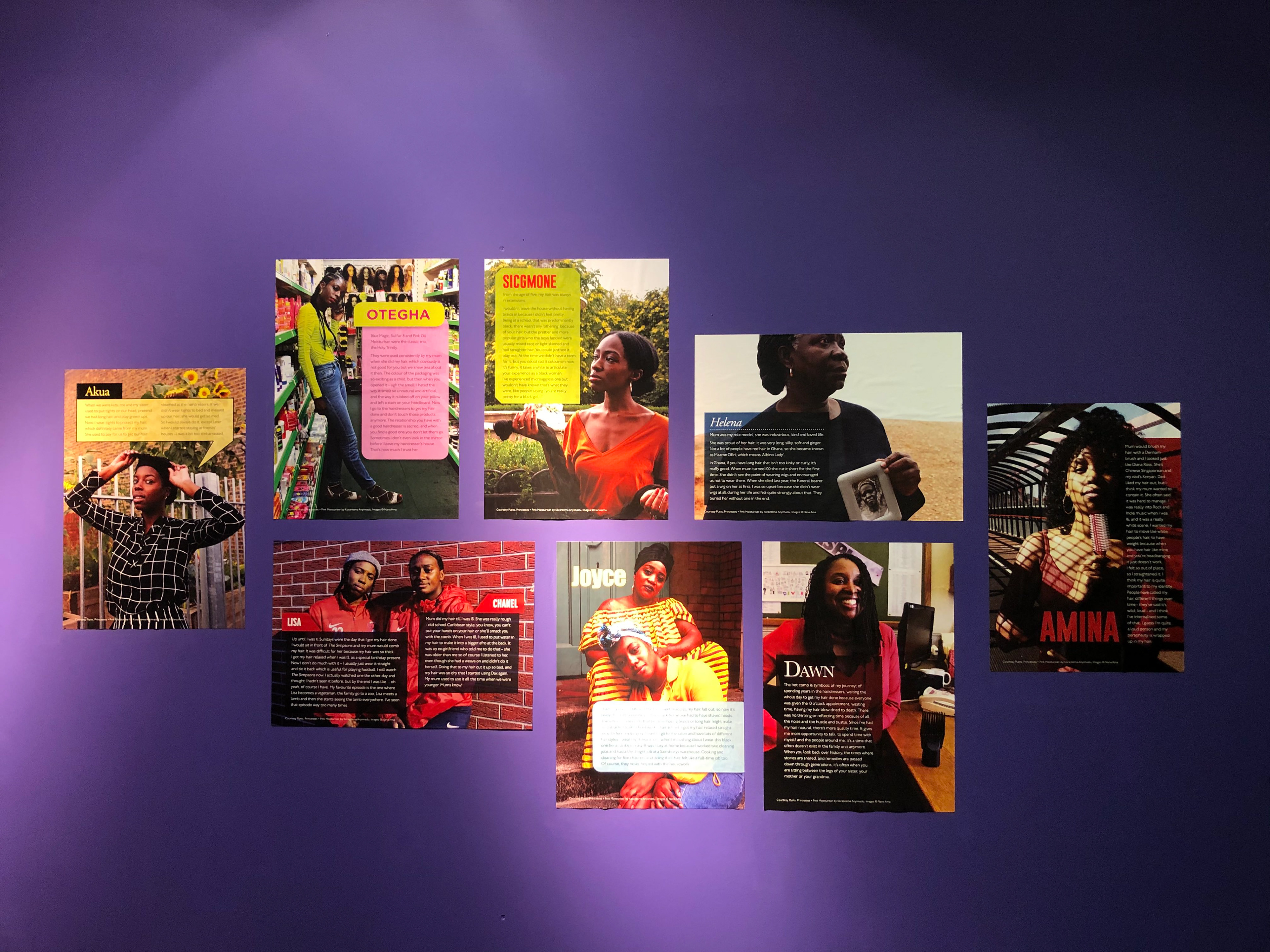The Migration Museum was opened in 2013 to bring to light the ways in which people move to and from Britain and how that movement has shaped and altered us individuals, communities and as a nation. The museum does this through nationwide education programmes and its knowledge sharing networks. Since opening in 2013, the museum has played host to various events, exhibitions and education workshops exploring this movement and investigating what role it has played in shaping who we are today.
Quite ironically, when it first opened the museum was a nomadic entity that hosted its events in various different venues across London and the rest of the UK. In 2017, the museum settled at a temporary location in The Workshop on Lambeth High Street. Here they were able to raise their profile and reach out to a wider audience of community groups, school and individuals all while building and testing ideas for the eventual permanent museum.
In February 2020, the Migration took up residency at a new temporary location in Lewisham Shopping Centre and opened with a full programme of exhibitions, events and educational workshops. The shopping centre setting affords with museum over double their footfall than in The Workshop, leaving them in an even better position to expand their audiences and output.
However, the Migration museum is still in search of a permanent home, somewhere where they can set their roots and continue to grow as a base for knowledge sharing and education about how we, the UK as a whole, came to be one of the most diverse places in the world. There is something to be said, however, about the Migration Museum doing exactly that, migrating from place to place and some value in the irony of a migrating Migration Museum. Although a permanent hub for the museum is vital for the museum’s growth, a nomadic, migrating element could bring another layer to the museum helping it to reach and educate even further afield than initially planned.
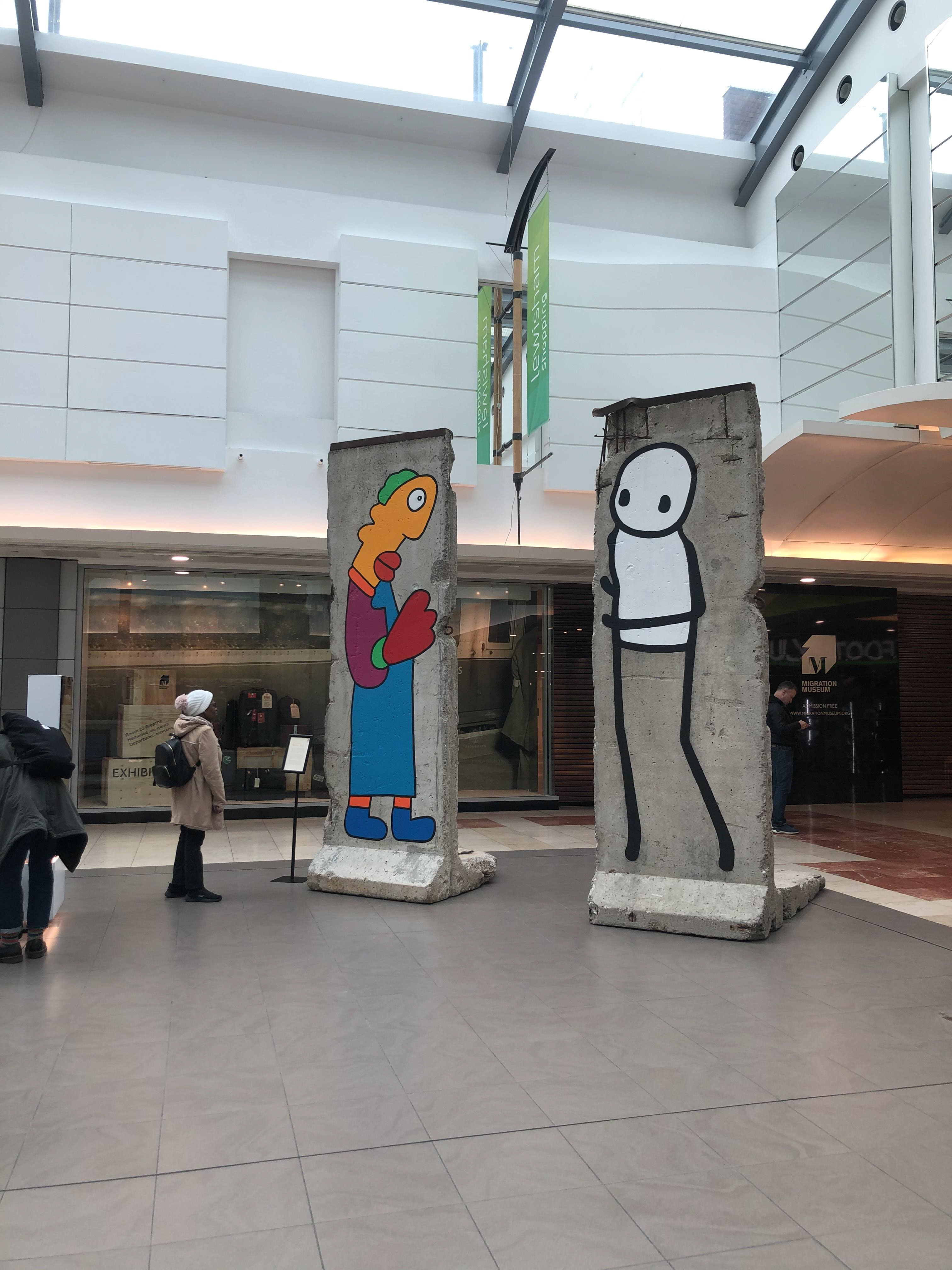
Two sections of the Berlin Wall. The work drawn onto the two pieces of wall sends a message about how we maintain connections across borders, walls and barriers, mirroring exactly what the Migration Museum stands for: providing a space for dialogue and reflection across divides, and finding what we have in common.
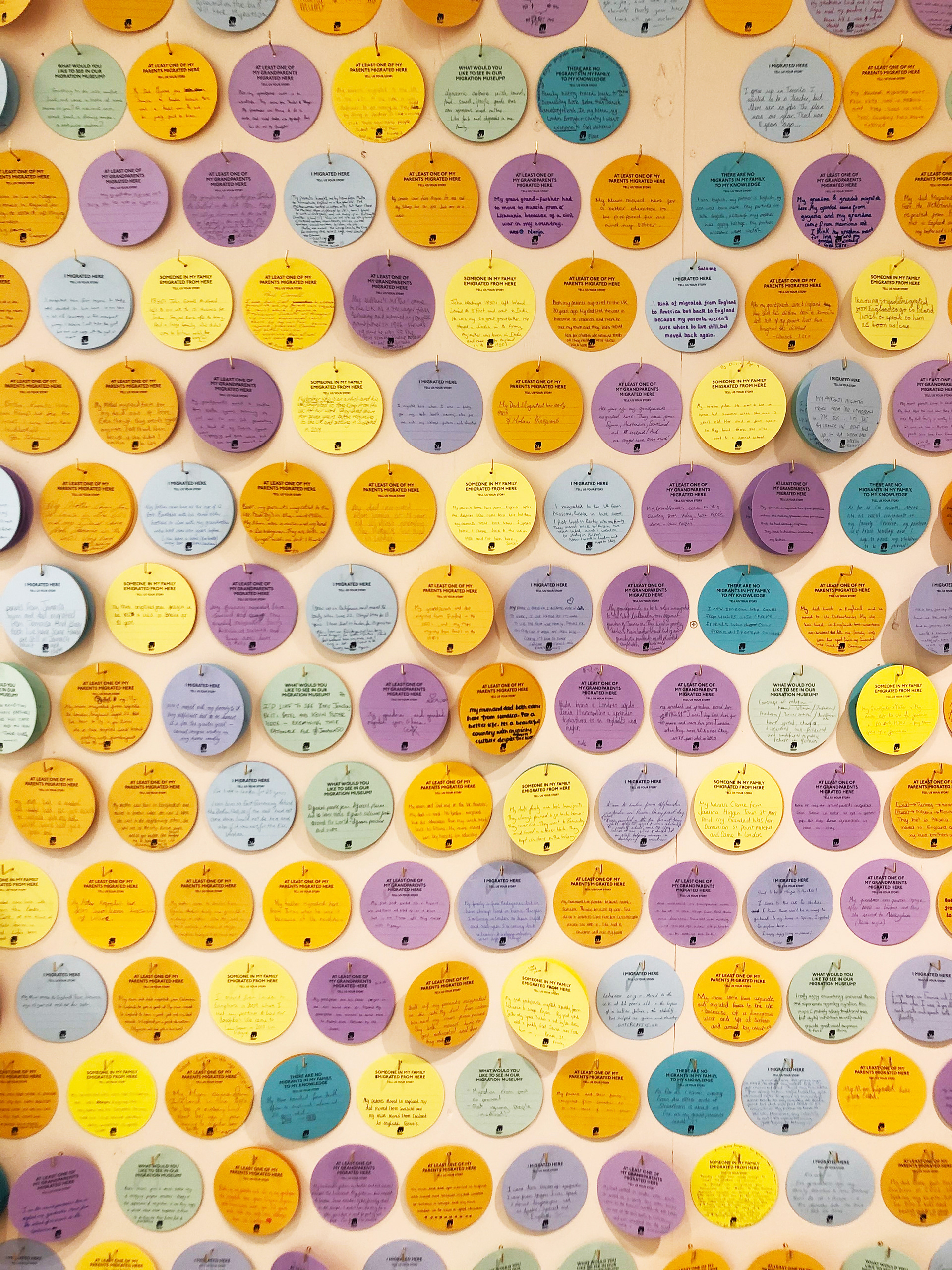
A message board set up by the museum providing a space for people to contribute their own stories.

The message board asks people to reflect of their stories and experiences of migration.
Humanæ
Humanæ is an installation by Angélica Dass attempting to document humanity's true colours rather than the inaccurate labels 'white', 'red', 'black' and 'yellow' associated to race. This project is constantly evolving, seeking to demonstrate that what defines humanity is its uniqueness and therefore its diversity. The images in this installation include 66 people who responded to an open call to participate in the project at the Migration Museum. People shared their stories and experiences around race identity and skin colour.

A work in progress installation called Humanæ by artist Angélica Dass.
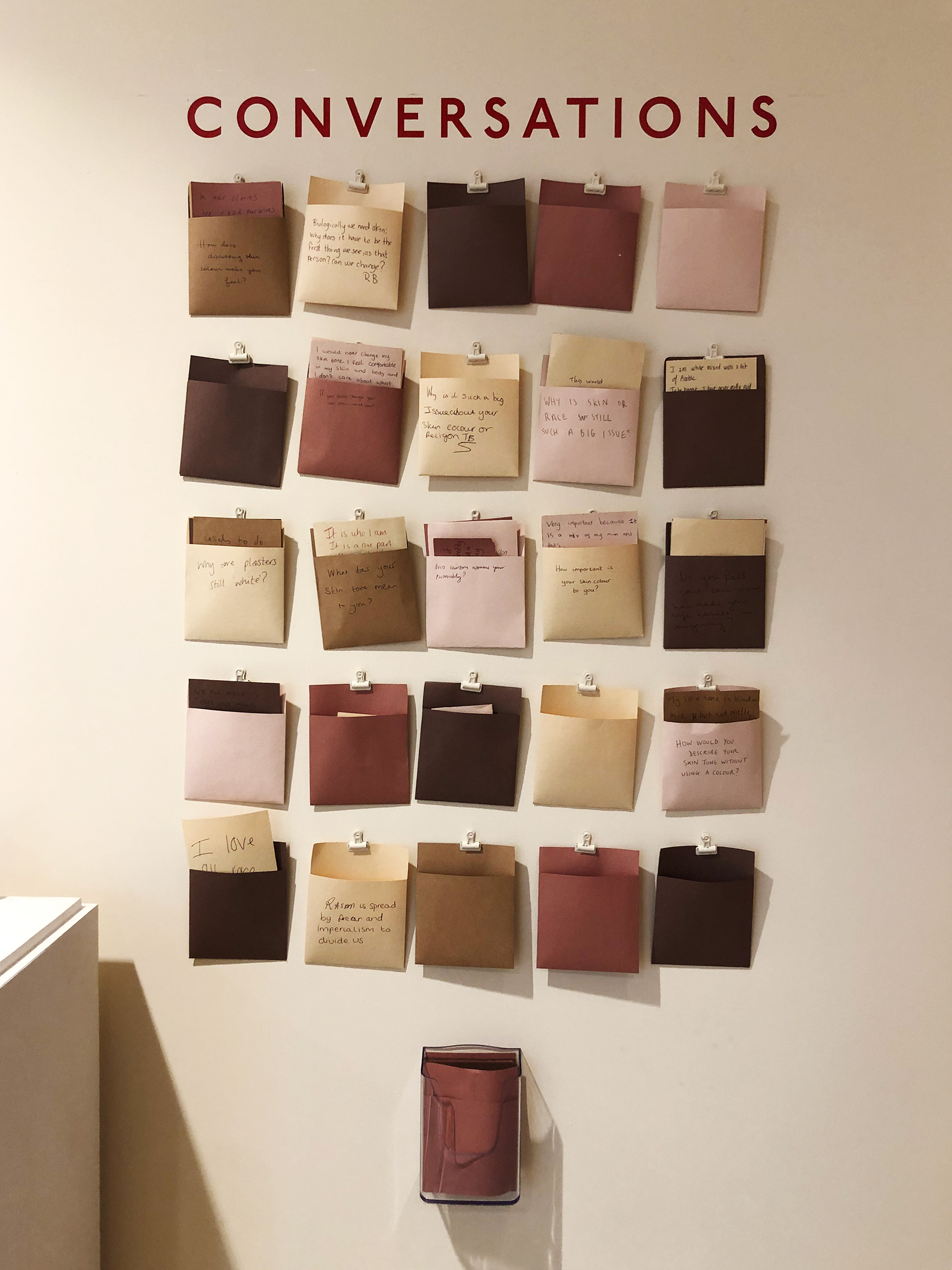
The Migration Museums contribution to the Humanæ installation, where visitor can leave their own thoughts and messages.
Room to Breathe
Room to Breathe is an exhibition compiled of a series of different rooms. These rooms contain stories from generations of people who arrived in Britain from the early 20th century to the present day. Each room contains objects displayed to be interacted with in order to reveal the stories connected to them. Through interacting with the exhibition people are encouraged to contribute their own story and make connections to the past and present.

